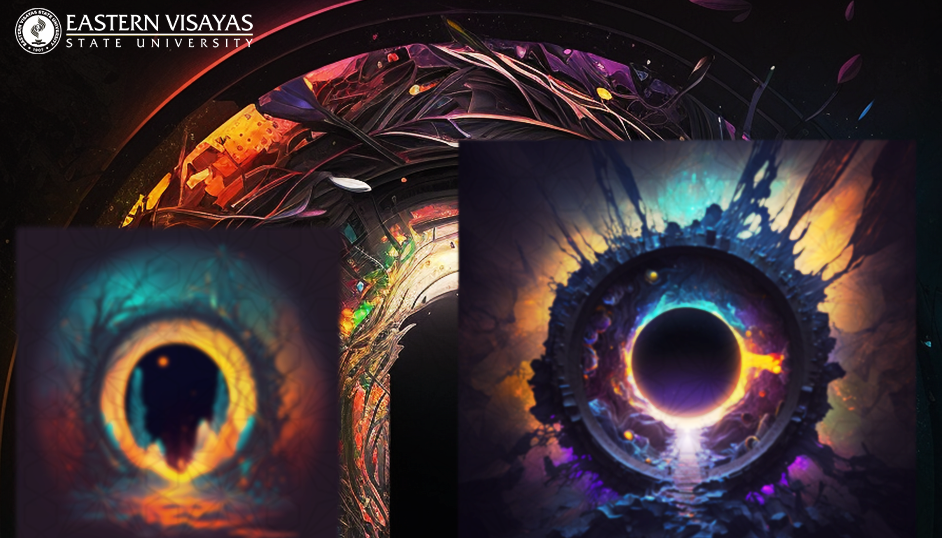
The Mona Lisa, “A Starry Night,” and “The Birth of Venus” are just a few examples of classic works of art that have been created by well-known artists who have mastered their craft and executed their skills beautifully. For centuries, artists have used their craft as a tool to carve out individual identities in the larger cultural framework. And as time went on, art evolved even further. But then again, what is art? One could say that by placing a definition on art itself would confine the nebulous idea; yet the birth of artificial intelligence (AI) generated art challenges onlookers and artists alike to define it.
Take for example Seneca’s definition of art in his Moral Letters to Lucilius: “All art is merely imitation of nature.” This could have defined art within his time, but it fails to convey the essence of contemporary works. The very nature of art makes it difficult to pin down, which in turn risks limiting it. According to Merriam-Webster, the term “art” stems from the Latin word “ars”, which means, among other things, acquired skill, craftsmanship, and artistic achievement. So, given the fact that art, in its essence, is the physical embodiment of an artists’ skill and vision, what does that make of AI art whose origins stem from algorithms and commands?
As of late, the OpenAI research lab produced an open-source version of a program called “DALL-E 2,” which was able to quickly create astonishingly skilled artwork. The accessibility and wow-factor of the program ushered it into popularity as it trended on social media. The unsettling and uncanny artwork that resulted from it prompted serious introspection about the connections between the artist’s mind and their work from its inception. While AI has been increasingly pervasive in recent decades, the idea of anthropomorphic creatures capable of carrying out human activities predates the digital assistant era by quite some time.
The debate over the use of new media in the artistic process is not a relatively new phenomenon. Some painters worried that traditional painting wouldn’t be able to compete with the rise of digital media. The transition to digital photography was met with the same dismay by film photographers as it had been by their predecessors. This same paradigm has played itself out countless times. Many artists felt that the emergence of the camera was a direct assault on human ingenuity. Still, at their foundation, both modes of expression are artistic. This is what separates art-generated AI from the rest. Even though AI systems are capable of creativity, it is the human artist that determines the role AI plays within the artistic process, including whether that role is creative or not.
Because AI-generated art is becoming increasingly accessible, art communities are being forced to make room for this pervasive medium. In contrast to digital art, AI art gathers millions of photographs from the public domain and teaches computers to recognize patterns and correlations in those photographs in order to generate new photographs in the same manner. This is how applications such as DALL-E 2 and Midjourney are created. When art is considered nothing more than a pleasant thing to look at rather than something complex and meaningful, it is reduced to being another human activity that will ultimately be replaced by machines.
Ultimately, art is defined as something created by artists out of their creative impulses, knowledge, and personal experiences, with the intention of conveying a message or evoking a feeling in the beholder. There are, however, works of human creativity that don’t meet any of these criteria but are nevertheless regarded as art. Artists invest hours and energy into expressing themselves through art whichever medium it may be. The ability to comprehend art as a medium through which an artist may convey their unique self-expression is not something that can ever be accomplished by any AI system. Since AI is unable to recreate the experiences that a human being has in their lifetime, it cannot produce art in the same way that human artists do.
Article by Ryanne Halley Arayon
